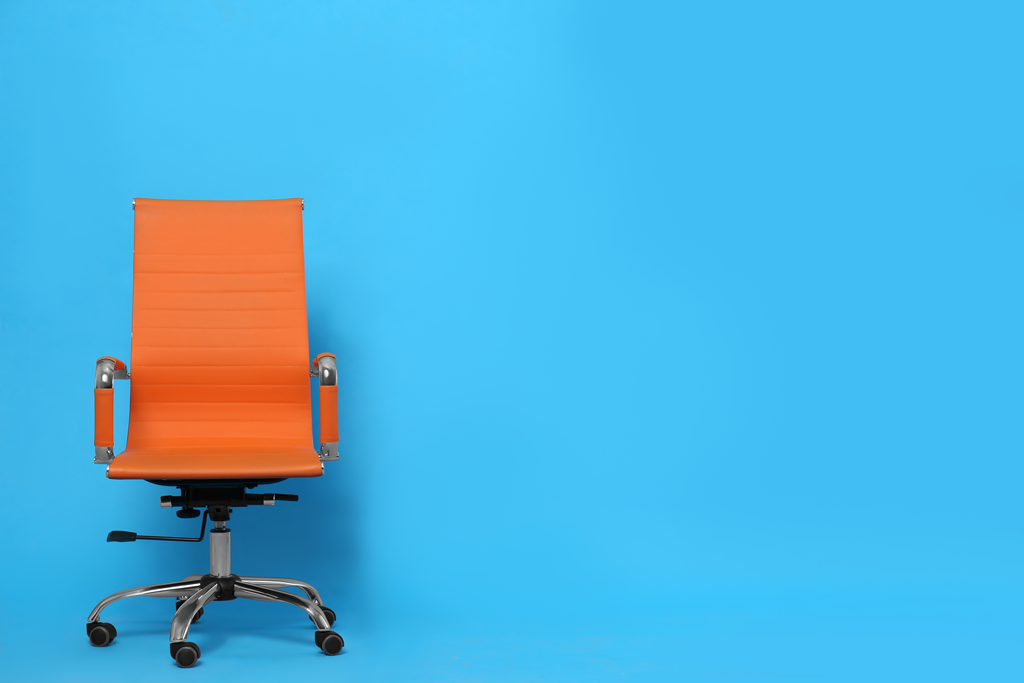No Products in the Cart

With the advancement of technology and society, it is not surprising that most things that we consume these days have gone through decades or centuries of evolution to reach the current state of perfection. Even the office chairs that we use every day have a long history of evolution before they reach the current design.
In as early as 3,000 B.C, body-conscious seatings already existed to help craftspeople perform their work more efficiently. Came in the form of three-legged stools, they had concave seats tilted forward which are very similar to our modern-day ergonomic office chairs and home office chairs that are built to enhance sitting posture.
Then, right around 65 B.C.,there was the Curule chair which looked like a campstool with curved legs. They were found in ancient Rome and were reserved only for the highest government dignitaries. It was said that Julius Caesar regularly used such a chair for his daily work and he would even bring it with him wherever he goes.
What’s interesting about the Curule chair was not merely because it was made from precious materials like ivory, but because it was not constructed for comfort. Unlike the best office chairs for back support or back pain, such chairs were not crafted for prolonged sitting, instead, users were meant to sit up, get their official tasks done quickly then leave. Perhaps this is an indicator that even in the early eras, people were already well aware that long hours of sitting could cause spinal and musculoskeletal diseases.
In the early 1800s, as train travel became popular, building comfortable seats also came into focus. This is when Thomas E. Warren of the Centripetal Spring Armchairs designed a new breed of train seats with springs to absorb bumps while travelling through arduous terrains.
The Centripetal Spring Armchair was also one of the first chairmakers to adapt chairs to the increasing number of office workers at that time. Even though the chairs then were nothing close to the best ergonomic chair of today, many modern features such as swivel seats and supportive headrests, were incorporated. Charles Darwin, the father of evolution, also further revolutionised chair styles of that time when he revitalised his William IV-style armchair with casters to facilitate the ease of movement.
By the late 19th century, the increase in office-based jobs resulted in the development of chairs with adjustable backs, seat heights, seat tilt tensions and many other features that were seen in modern ergonomic office chairs. Such chairs eventually became mainstream furniture when German statesman, Otto von Bismark, distributed them throughout his parliament and The Centripetal Spring Armchair introduced them to the world at the Great Exhibition in London.
1976 witnessed a new level of office chair evolution because chair designers began to look beyond aesthetics to consider how to improve the wellness of office workers with improved designs. Building the best office chairs for back support and back pain took centre stage as owning the best ergonomic chair became a symbol of status.
It was at this time that ‘The Vertebra’, the first automatically adjustable office chair that aspired to adapt to the movements of users’ bodies was designed by Argentina-born, Emilio Ambasz. The chair even won the 1977 ID Award for Excellence of Design and stimulated subsequent research on ergonomic furniture designs which continues to this day. However, when America entered the Great Recession in 2007, the appeal of owning expensive home or office chairs disappeared; manufacturers reverted to producing cost-effective units for consumers who became price-conscious.
With the rising affluence of consumers and their emphasis on health and wellness, the demand for ergonomic office chairs has been increasing in tandem. More people are becoming aware of the negative consequences of prolonged sitting and more mindful of selecting only the best ergonomic chairs to counter their bad postures, provide back support and relieve back pain. This trend even increased the adoption of treadmills and standing as alternative work furniture. Undoubtedly, office chairs, especially ergonomic ones, will continue to evolve to meet the needs and changing lifestyles of savvy consumers.
Someone purchased